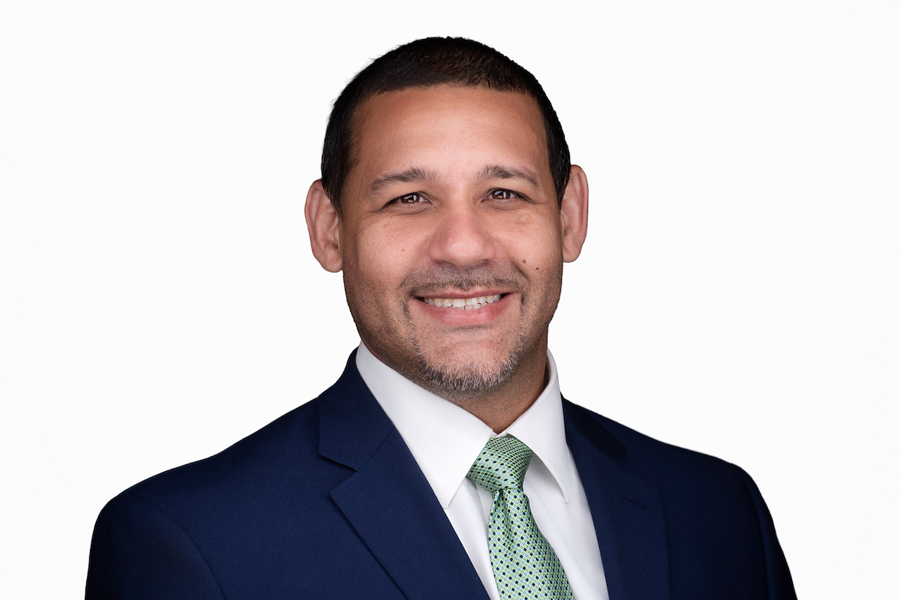“We’ve coined the term ‘invest with purpose’,” Stokes says. “We are oriented to make the citizens and the policymakers pleased with this investment and see it quickly.”
Historically, the department has focused on maintaining the roads and bridges. Most of the highway system was built 60 to 70 years ago. A 2010 study found the state needed an additional $543 million to enhance road safety and capacity.
Stokes reports, “Idaho has been responsive to this funding gap with a strategic investment under Idaho Governor Brad Little’s leadership and with support of the Idaho Legislature.”
Now, the additional state funding for a transportation construction program during the past few years has enabled ITD to refresh and modernize its roadways. Before those new monies, most of the department’s capital construction program came from the federal government. The Infrastructure Investment and Jobs Act, passed in 2021, also has helped Idaho meet its goals to improve its highways and bridges. The department’s annual budget is $1.2 billion.

| Your local Trimble Construction Division dealer |
|---|
| SITECH Allegheny |
| SITECH Northeast |
The department also strives to respond to the growing demand. “Idaho is one of the fastest growing places in the country,” Stokes reports. “It’s a very attractive place to be.”
The U.S. Census Bureau indicates that from April 1, 2020, to July 1, 2022, the state grew by 5.4 percent. Nearly 2 million people live in Idaho. Stokes reports that people are moving to the state from Oregon, Washington State, California, and Texas.
Vehicles travel more than 50 million miles on Idaho’s public roads daily. That includes delivering essential services and for recreation.
“Everybody relies on the transportation system,” Stokes says. “It serves our grocery stores. Without it you are not going to have food, health care, schools.”
Stokes reports, “Businesses like doing business in Idaho, but you have to have good transportation. Companies relocating look for that,” Stokes adds. “That’s been demonstrated with the rapid growth in Idaho. They have seen our commitment to transportation.”
“Community outreach is very important to us,” Stokes says. “We’re not going to do this in isolation. We are going to do this in partnership with community. I think we were good with community outreach before, but we need to take it up another level.”
With more than 200 highway fatalities annually, Stokes says, the department has to stay laser focused on improving safety on its roads. He indicates that people want safer roads and are willing to invest in safety enhancements. The department also focuses on driver education because a majority of accidents are a result of poor driver decisions. It also promotes seatbelt use.
About seven months after starting as Director, Stokes reports ITD’s headquarters building flooded after a leak in the heating and cooling equipment on the upper lever. Employees worked from home. Now, the department is renovating a state-owned building to serve as a headquarters.
“We never missed a beat,” Stokes says. “Not only did we survive, but we were ahead of the game in terms of delivering projects.”
“I loved working with them,” Stokes says. “That taught me the key role the private sector plays in delivering our services. We rely heavily on outsourcing engineering services.”
Stokes began working at ITD 32 years ago, in 1991, as a Staff Engineer. He designed bridges as a Statewide Bridge Engineer before he began rising through the ranks in the department. He also served as District Engineer in the Coeur d’Alene area for more than a decade and was promoted to Chief Deputy 16 years ago, before ascending to Director in May 2022.
That time with the department “gave me insight into what the community needs were,” says Stokes, explaining that he worked closely with mayors and city and county commissioners, learning about the challenges that they, and local businesses, experienced due to transportation.
“We have a great team,” Stokes says. “All I need to do is get the target and resources to our leaders about what we need to accomplish and then show appreciation. We have a dedicated staff.”
Stokes’ department also works well with engineering consultants and contractors. “It’s a full team environment to deliver these services,” Stokes says. “What I learned in my first days here was how integrated it is and important that we work as a team.”
About 18 months ago, ITD developed a plan to work on projects that would be the most impactful to its corridors. In less than a year after receiving the additional funding, the department began the bidding process on those projects. Those jobs are expected to improve the transportation system for more than 50 years.
“Our team has put us in a good position to deliver these projects,” Stokes says. “It’s game time for us to deliver, save lives and improve the life of citizens.”
Photos courtesy of the Idaho Transportation Department









































































